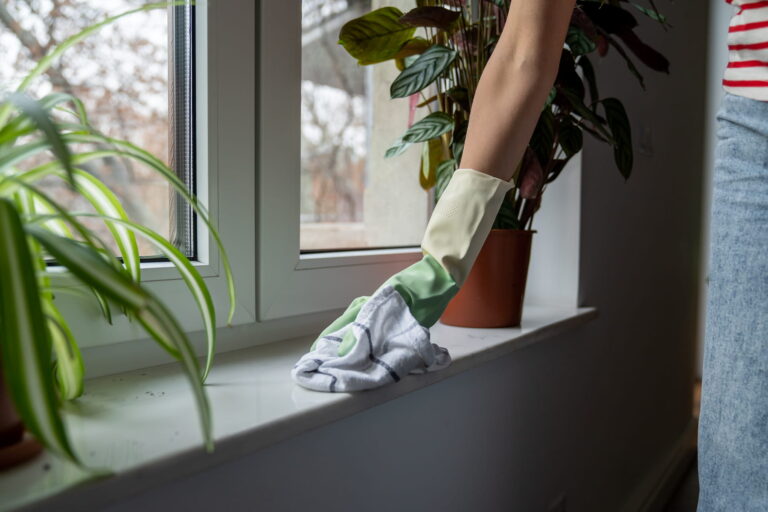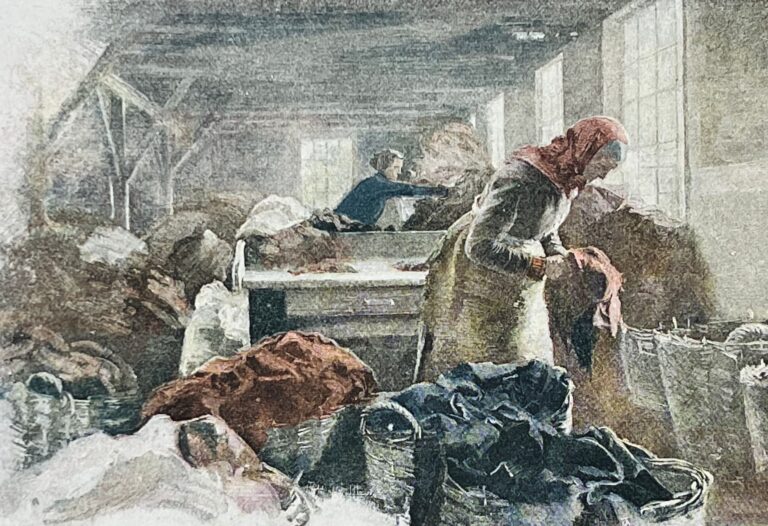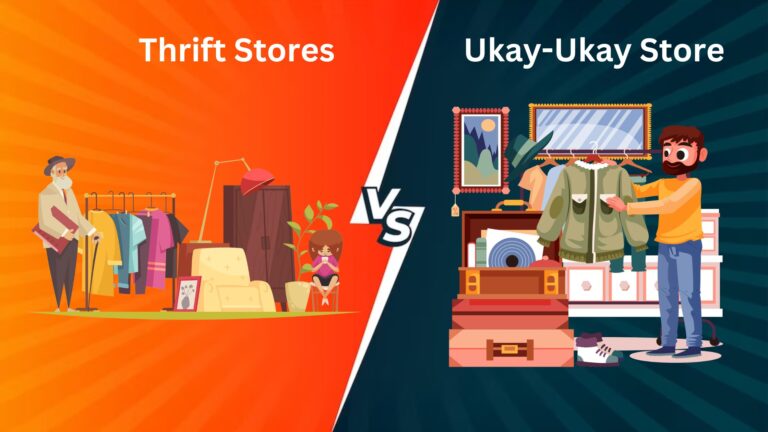The Growing Trend of Thrift Shopping: Why Used Clothes Are In
Thrift shopping has transformed from a niche hobby into a mainstream fashion trend, with people of all ages turning to second-hand stores to find unique and affordable clothing. Beyond the appeal of bargain prices, thrift shopping has captured attention due to its sustainable benefits, offering a way to reduce waste, embrace eco-friendly fashion, and even support local communities. Let’s dive into the reasons behind the rise of thrift shopping and why used clothes have become the fashionable, eco-conscious choice.
The Appeal of Thrift Shopping: Fashion Meets Functionality
In recent years, thrift shopping has become synonymous with personal expression, sustainability, and savvy shopping. Here’s what makes it so appealing:
- Sustainability: Buying second-hand clothing significantly reduces the demand for new clothes, which often involve energy-intensive production and generate textile waste.
- Affordability: Thrift stores offer stylish, high-quality items at a fraction of retail prices.
- Uniqueness: Vintage and one-of-a-kind pieces make it easy to create a style that’s truly personal.
The Environmental Impact of Thrift Shopping
Thrift shopping’s impact on the environment has gained substantial attention, particularly as consumers become more aware of the consequences of fast fashion.
| Aspect | Environmental Impact of Fast Fashion | Benefit of Thrift Shopping |
|---|---|---|
| Waste Reduction | Textile waste contributes to landfill growth | Extends the life of clothing |
| Resource Use | High water and energy consumption | Reduces demand for new resources |
| Pollution | Chemical dyes and waste in production | Minimizes environmental footprint |
Thrift shopping directly combats fast fashion by reducing demand for new items. When people buy used clothes, they help cut down on waste, save water, and reduce carbon emissions.
Embracing Unique Styles and Personal Expression
With fast fashion, styles are often mass-produced, resulting in a look that lacks individuality. Thrift shopping allows people to discover unique pieces that reflect their personalities and even experiment with vintage items that aren’t widely available. Some thrifters take it a step further by altering second-hand clothes, tailoring them to create completely unique pieces.
| Style Benefit | Fast Fashion | Thrift Shopping |
|---|---|---|
| Uniqueness | Standardized designs | One-of-a-kind finds |
| Self-Expression | Limited by trends | Encourages experimentation |
| Creativity | Minimal customization | Customizable via alterations |
Thrift shopping lets individuals create personal styles that often include quality items from different decades, blending eras and aesthetics.
The Economic Advantages of Buying Second-Hand
Beyond being eco-friendly, thrift shopping is incredibly budget-friendly. Many shoppers enjoy finding high-quality items at prices far lower than retail. Since thrift shops carry a mix of brands and designer pieces, customers can acquire wardrobe staples without breaking the bank.
| Benefit | Retail Shopping | Thrift Shopping |
|---|---|---|
| Affordability | Premium prices | Budget-friendly finds |
| Brand Access | Limited by budget | Access to a variety of brands |
| Value for Quality | Quality vs. affordability | High-quality items at low cost |
With second-hand clothing, people can buy durable, well-made pieces that may last longer than cheaper, lower-quality items.
The Social Impact of Thrifting
In addition to its environmental and economic benefits, thrift shopping supports local economies and charities. Many thrift stores are run by nonprofit organizations that use proceeds to fund community programs, which creates a positive social impact. Thrift shopping isn’t just a personal gain—it also helps to uplift communities in need.
- Supports Charities: Proceeds from thrift stores often go toward local programs that support vulnerable populations.
- Creates Jobs: Thrift stores generate employment opportunities within the community.
- Promotes Ethical Shopping: Shopping second-hand reduces the need for exploitative labor in the fast fashion industry.
Online Thrifting: The Digital Revolution
The popularity of thrift shopping has led to the growth of online platforms dedicated to selling second-hand items. Apps and websites allow shoppers to browse an enormous selection of used clothing from the comfort of their homes, making it easier than ever to find specific brands, sizes, and styles.
Some popular online thrift platforms include:
- ThredUp: Known for a vast selection of women’s and children’s clothing.
- Depop: Appeals to young, style-conscious buyers looking for unique items.
- Poshmark: Connects sellers directly with buyers, with a focus on brand-name clothing.
Online thrifting expands access to second-hand clothing, creating a global marketplace for high-quality items at lower prices.
How to Start Thrift Shopping
For those new to thrifting, here are some tips to help you get started:
- Know What You Need: Create a list of items you’re searching for to avoid being overwhelmed.
- Inspect Each Item: Check for signs of wear, missing buttons, or stains.
- Try Different Stores: Each thrift store has a unique inventory, so it’s good to explore multiple locations.
- Embrace Flexibility: Sometimes, the best thrift finds come when you least expect them!
Thrift Shopping as a Sustainable Solution for the Future
With the increased awareness of environmental issues and the impact of consumerism, more people are embracing thrift shopping as a sustainable fashion choice. Choosing second-hand clothes helps reduce the demand for new clothing production and promotes a circular economy, where items are reused rather than discarded.
Conclusion
The growing trend of thrift shopping reflects a shift in consumer values toward sustainability, affordability, and individuality. By choosing second-hand clothing, shoppers not only make a positive impact on the environment but also enjoy the benefits of unique, quality pieces that fit their personal style. As more people join the thrift movement, it’s clear that second-hand shopping is more than a trend—it’s a meaningful way to shop with purpose.







